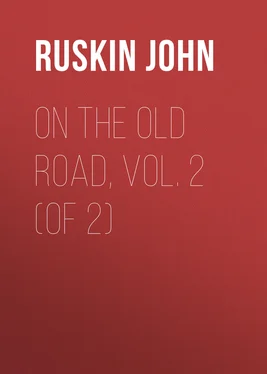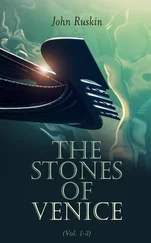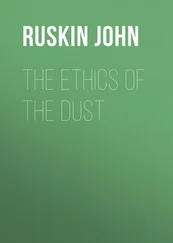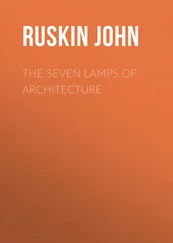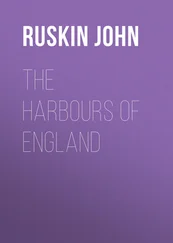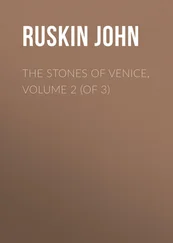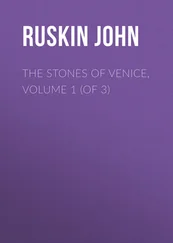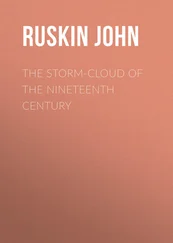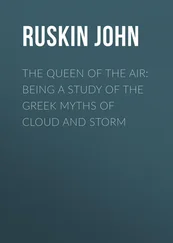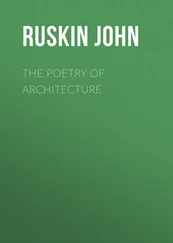John Ruskin - On the Old Road, Vol. 2 (of 2)
Здесь есть возможность читать онлайн «John Ruskin - On the Old Road, Vol. 2 (of 2)» — ознакомительный отрывок электронной книги совершенно бесплатно, а после прочтения отрывка купить полную версию. В некоторых случаях можно слушать аудио, скачать через торрент в формате fb2 и присутствует краткое содержание. Жанр: foreign_antique, foreign_home, literature_19, visual_arts, на английском языке. Описание произведения, (предисловие) а так же отзывы посетителей доступны на портале библиотеки ЛибКат.
- Название:On the Old Road, Vol. 2 (of 2)
- Автор:
- Жанр:
- Год:неизвестен
- ISBN:нет данных
- Рейтинг книги:3 / 5. Голосов: 1
-
Избранное:Добавить в избранное
- Отзывы:
-
Ваша оценка:
- 60
- 1
- 2
- 3
- 4
- 5
On the Old Road, Vol. 2 (of 2): краткое содержание, описание и аннотация
Предлагаем к чтению аннотацию, описание, краткое содержание или предисловие (зависит от того, что написал сам автор книги «On the Old Road, Vol. 2 (of 2)»). Если вы не нашли необходимую информацию о книге — напишите в комментариях, мы постараемся отыскать её.
On the Old Road, Vol. 2 (of 2) — читать онлайн ознакомительный отрывок
Ниже представлен текст книги, разбитый по страницам. Система сохранения места последней прочитанной страницы, позволяет с удобством читать онлайн бесплатно книгу «On the Old Road, Vol. 2 (of 2)», без необходимости каждый раз заново искать на чём Вы остановились. Поставьте закладку, и сможете в любой момент перейти на страницу, на которой закончили чтение.
Интервал:
Закладка:
John Ruskin
On the Old Road, Vol. 2 (of 2) / A Collection of Miscellaneous Essays and Articles on Art and Literature
PICTURE GALLERIES—THEIR FUNCTIONS AND FORMATION
THE NATIONAL GALLERY SITE COMMISSION. 1 1 This evidence, given by Mr. Ruskin as stated above, is reprinted from the Report of the National Gallery Site Commission. London: Harrison and Sons. 1857. Pp. 92-7. Questions 2392-2504. The Commission consisted of Lord Broughton (chairman), Dean Milman, Professor Faraday, Mr. Cockerell, R.A., and Mr. George Richmond, all of whom were present on the occasion of Mr. Ruskin giving his evidence.—Ed.
114. Chairman. Has your attention been turned to the desirableness of uniting sculpture with painting under the same roof?—Yes.
What is your opinion on the subject?—I think it almost essential that they should be united, if a National Gallery is to be of service in teaching the course of art.
Sculpture of all kinds, or only ancient sculpture?—Of all kinds.
Do you think that the sculpture in the British Museum should be in the same building with the pictures in the National Gallery, that is to say, making an application of your principle to that particular case?—Yes, certainly; I think so for several reasons—chiefly because I think the taste of the nation can only be rightly directed by having always sculpture and painting visible together. Many of the highest and best points of painting, I think, can only be discerned after some discipline of the eye by sculpture. That is one very essential reason. I think that after looking at sculpture one feels the grace of composition infinitely more, and one also feels how that grace of composition was reached by the painter.
Do you consider that if works of sculpture and works of painting were placed in the same gallery, the same light would be useful for both of them?—I understood your question only to refer to their collection under the same roof. I should be sorry to see them in the same room.
You would not mix them up in the way in which they are mixed up in the Florentine Gallery, for instance?—Not at all. I think, on the contrary, that the one diverts the mind from the other, and that, although the one is an admirable discipline, you should take some time for the examination of sculpture, and pass afterwards into the painting room, and so on. You should not be disturbed while looking at paintings by the whiteness of the sculpture.
You do not then approve, for example, of the way in which the famous room, the Tribune, at Florence, is arranged?—No; I think it is merely arranged for show—for showing how many rich things can be got together.
115. Mr. Cockerell. Then you do not regard sculpture as a proper decorative portion of the National Gallery of Pictures—you do not admit the term decoration?—No; I should not use that term of the sculpture which it was the object of the gallery to exhibit. It might be added, of course, supposing it became a part of the architecture, but not as independent—not as a thing to be contemplated separately in the room, and not as a part of the room. As a part of the room, of course, modern sculpture might be added; but I have never thought that it would be necessary.
You do not consider that sculpture would be a repose after contemplating painting for some time?—I should not feel it so myself.
116. Dean of St. Paul's. When you speak of removing the sculpture of the British Museum, and of uniting it with the pictures of the National Gallery, do you comprehend the whole range of the sculpture in the British Museum, commencing with the Egyptian, and going down through its regular series of gradation to the decline of the art?—Yes, because my great hope respecting the National Gallery is, that it may become a perfectly consecutive chronological arrangement, and it seems to me that it is one of the chief characteristics of a National Gallery that it should be so.
Then you consider that one great excellence of the collection at the British Museum is, that it does present that sort of history of the art of sculpture?—I consider it rather its weakness that it does not.
Then you would go down further?—I would.
You are perhaps acquainted with the ivories which have been recently purchased there?—I am not.
Supposing there were a fine collection of Byzantine ivories, you would consider that they were an important link in the general history?—Certainly.
Would you unite the whole of that Pagan sculpture with what you call the later Christian art of Painting?—I should be glad to see it done—that is to say, I should be glad to see the galleries of painting and sculpture collaterally placed, and the gallery of sculpture beginning with the Pagan art, and proceeding to the Christian art, but not necessarily associating the painting with the sculpture of each epoch; because the painting is so deficient in many of the periods where the sculpture is rich, that you could not carry them on collaterally—you must have your painting gallery and your sculpture gallery.
You would be sorry to take any portion of the sculpture from the collection in the British Museum, and to associate it with any collection of painting?—Yes, I should think it highly inexpedient. My whole object would be that it might be associated with a larger collection, a collection from other periods, and not be subdivided. And it seems to be one of the chief reasons advanced in order to justify removing that collection, that it cannot be much more enlarged—that you cannot at present put other sculpture with it.
Supposing that the collection of ancient Pagan art could not be united with the National Gallery of pictures, with which would you associate the mediæval sculpture, supposing we were to retain any considerable amount of sculpture?—With the painting.
The mediæval art you would associate with the painting, supposing you could not put the whole together?—Yes.
117. Chairman. Do you approve of protecting pictures by glass?—Yes, in every case. I do not know of what size a pane of glass can be manufactured, but I have never seen a picture so large but that I should be glad to see it under glass. Even supposing it were possible, which I suppose it is not, the great Paul Veronese, in the gallery of the Louvre, I think would be more beautiful under glass.
Independently of the preservation?—Independently of the preservation, I think it would be more beautiful. It gives an especial delicacy to light colors, and does little harm to dark colors—that is, it benefits delicate pictures most, and its injury is only to very dark pictures.
Have you ever considered the propriety of covering the sculpture with glass?—I have never considered it. I did not know until a very few days ago that sculpture was injured by exposure to our climate and our smoke.
Professor Faraday. But you would cover the pictures, independently of the preservation, you would cover them absolutely for the artistic effect, the improvement of the picture?—Not necessarily so, because to some persons there might be an objectionable character in having to avoid the reflection more scrupulously than otherwise. I should not press for it on that head only. The advantage gained is not a great one; it is only felt by very delicate eyes. As far as I know, many persons would not perceive that there was a difference, and that is caused by the very slight color in the glass, which, perhaps, some persons might think it expedient to avoid altogether.
Читать дальшеИнтервал:
Закладка:
Похожие книги на «On the Old Road, Vol. 2 (of 2)»
Представляем Вашему вниманию похожие книги на «On the Old Road, Vol. 2 (of 2)» списком для выбора. Мы отобрали схожую по названию и смыслу литературу в надежде предоставить читателям больше вариантов отыскать новые, интересные, ещё непрочитанные произведения.
Обсуждение, отзывы о книге «On the Old Road, Vol. 2 (of 2)» и просто собственные мнения читателей. Оставьте ваши комментарии, напишите, что Вы думаете о произведении, его смысле или главных героях. Укажите что конкретно понравилось, а что нет, и почему Вы так считаете.
